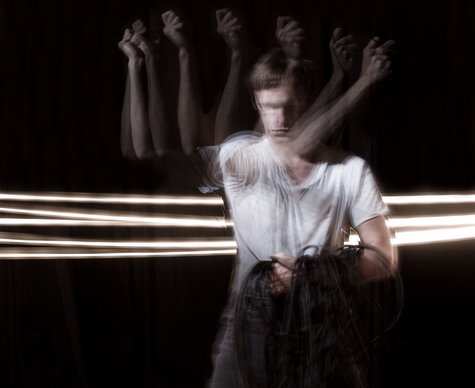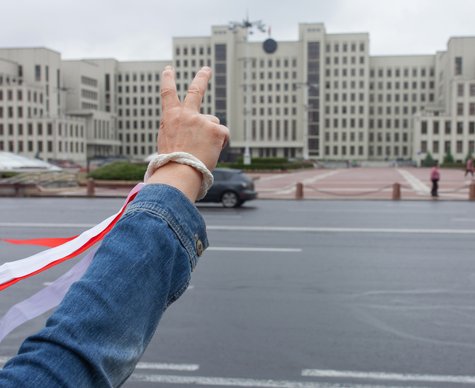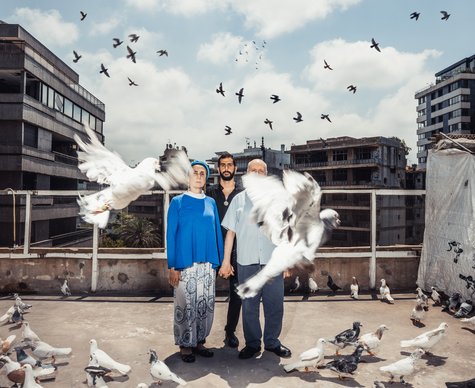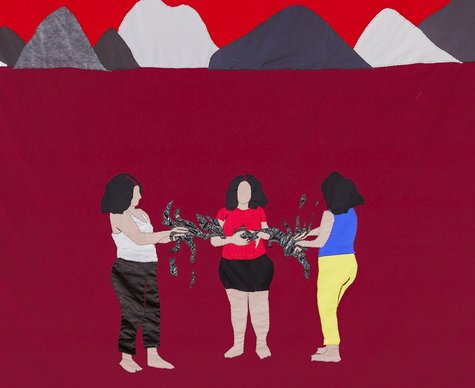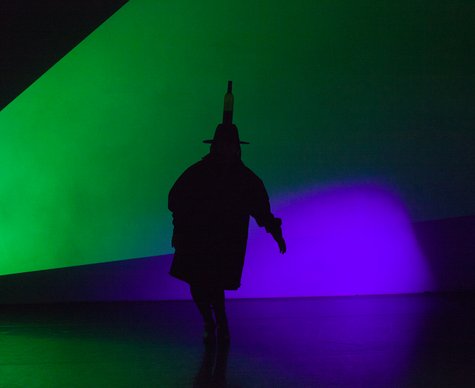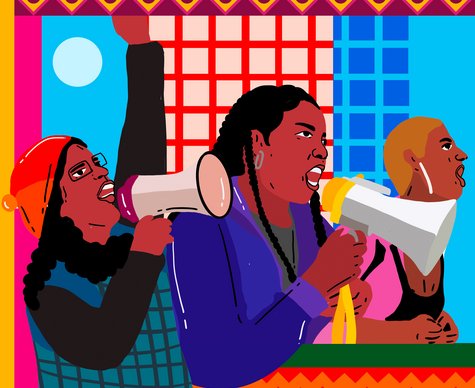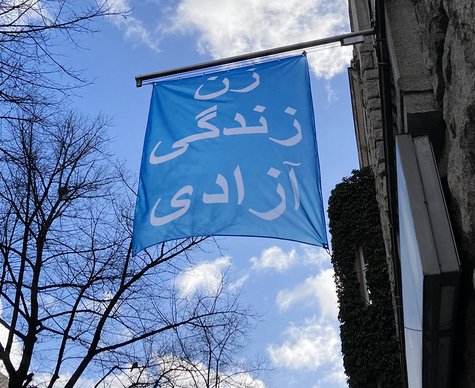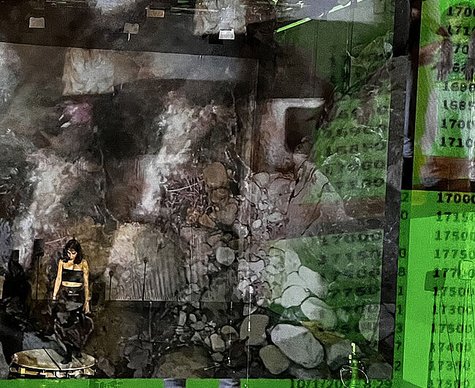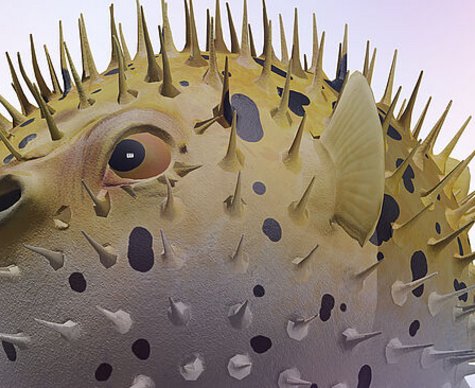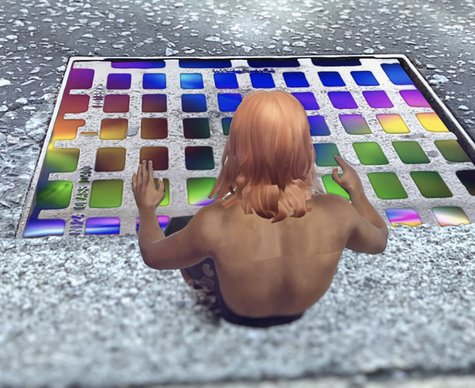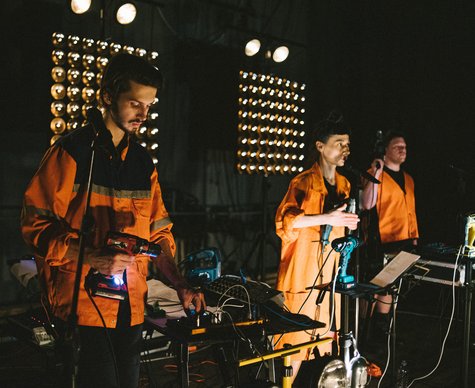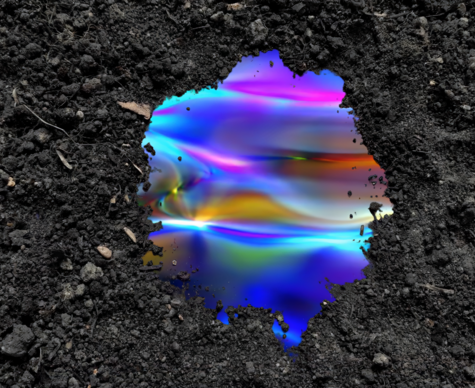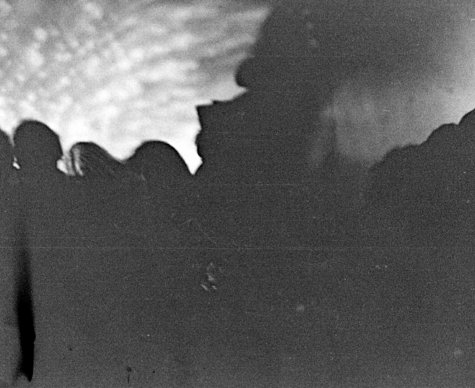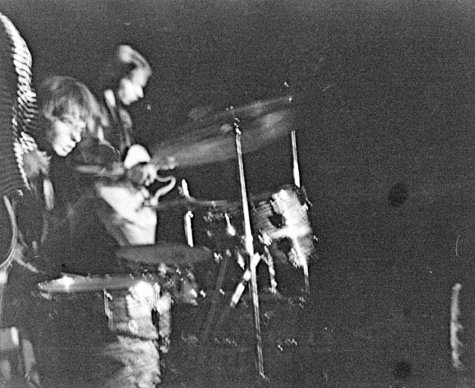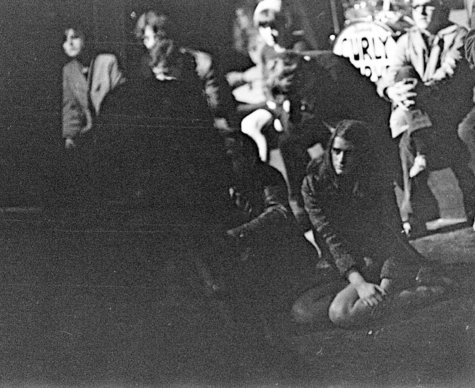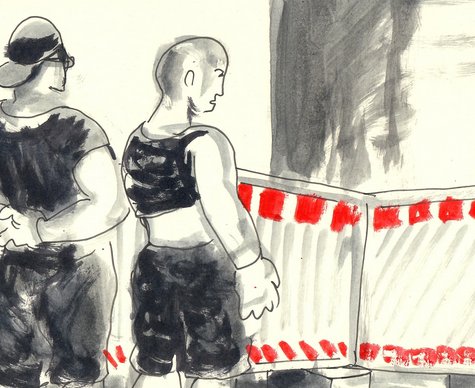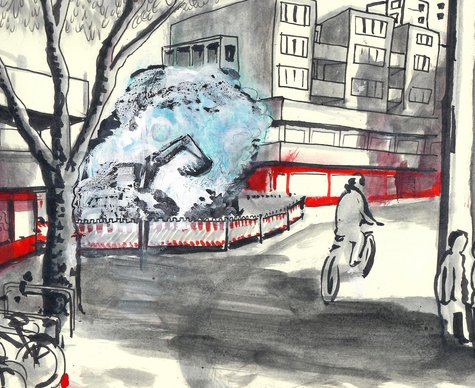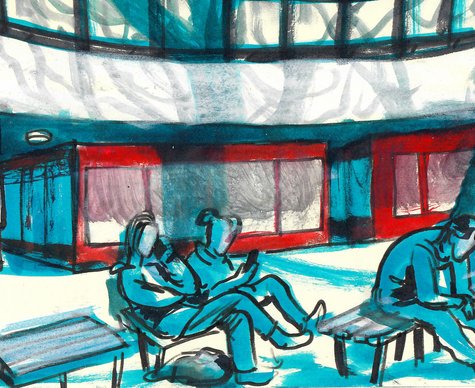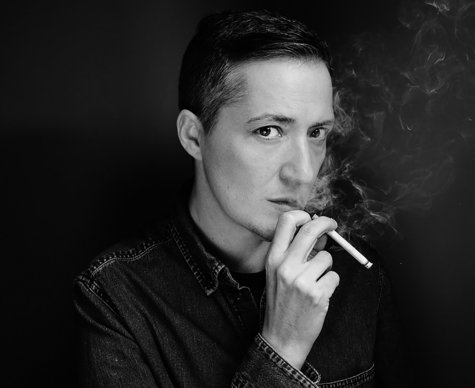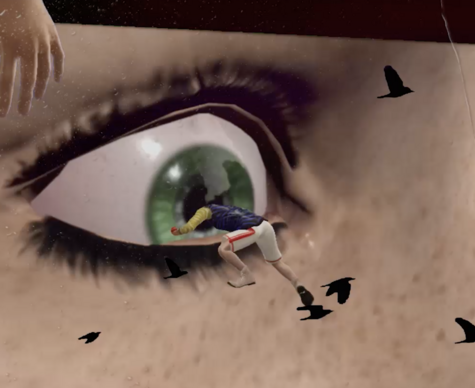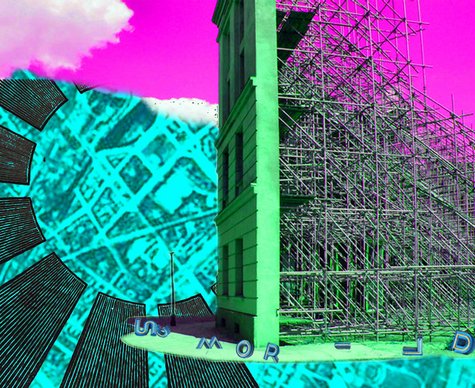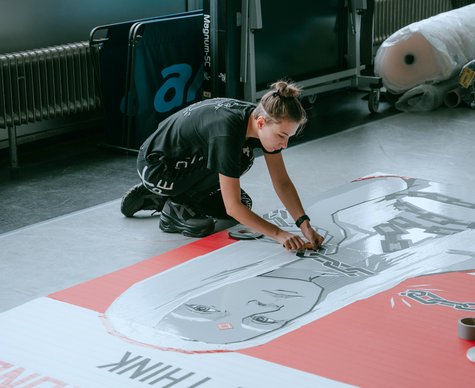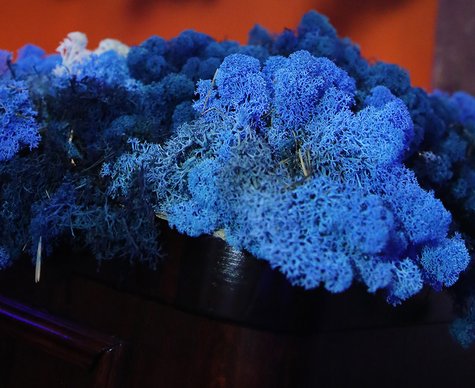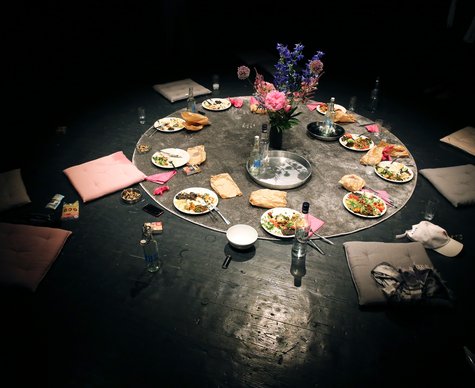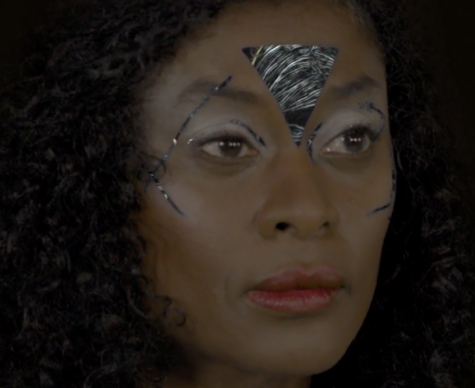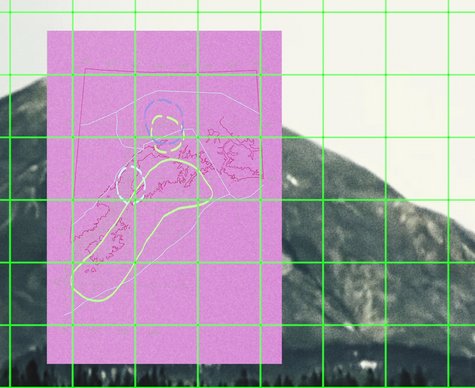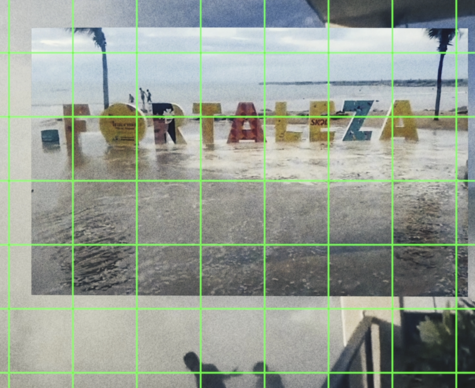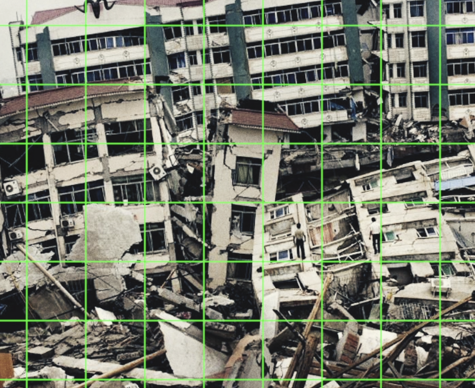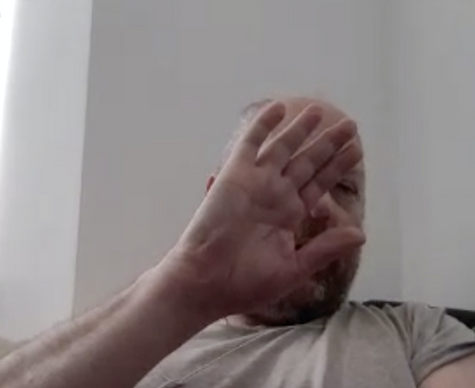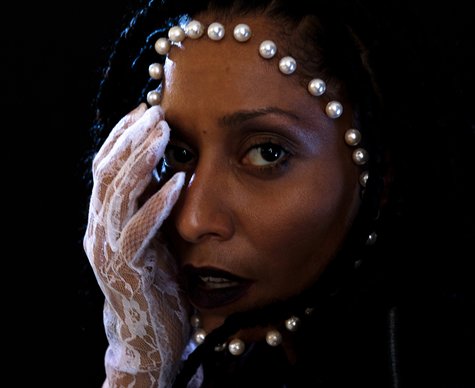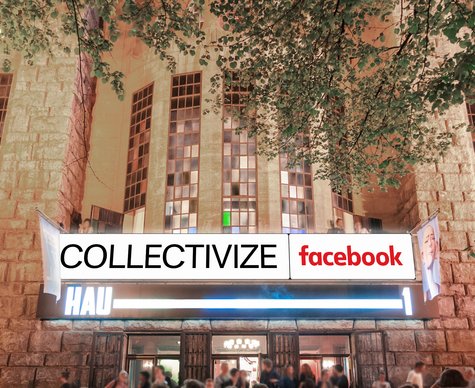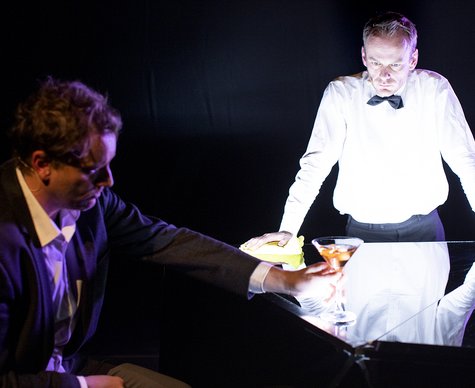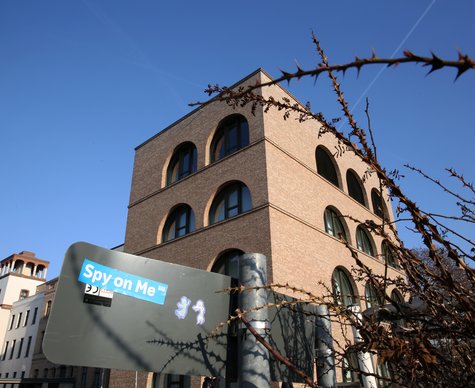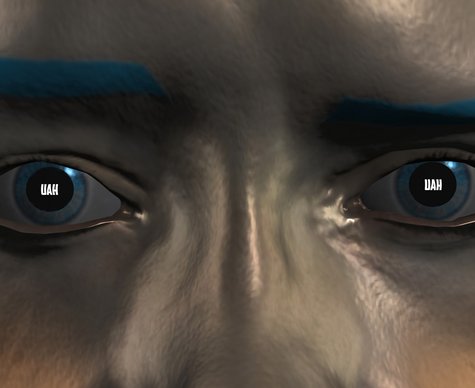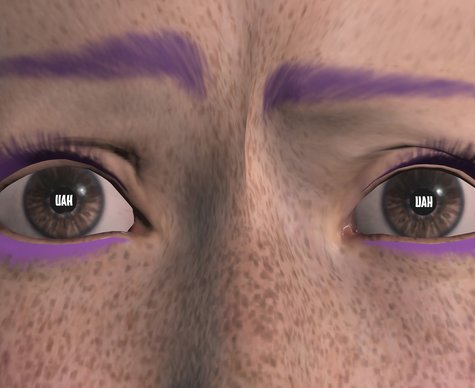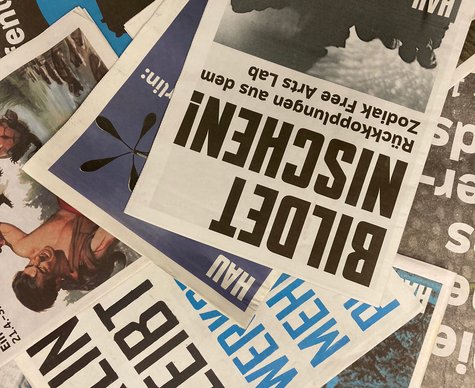By and with: Fahim Amir, Oxana Timofeeva
Oxana Timofeeva / Fahim Amir
What Does the Mole See? / Pigeon Vision / Flying Moles
Part of the festival “The Mole Keeps on Digging. Animals / Politics / Performance”
- Dialogue
Oxana Timofeeva: What Does the Mole See?
The figure of the mole is one of the three conceptual animal metaphors for the historical processes. The other two are Hegel’s owl of Minerva and Walter Benjamin’s angel of History (the latter being understood as a kind beast). These three creatures definitely have something in common: there is something in their shape that makes one think of how a paradoxical movement of/within/towards history can be embodied. Oxana Timofeeva will compare the three ways of such an embodiment, focusing on the question: what do these animals see? What is their respective vision? If the owl of Minerva, a philosopher’s totem, always arrives afterwards, when it is already too late to change something, but is time to interpret, then the Marxist old mole of history, we believe, comes to change the world without interpreting much. Why so? – Isn’t it because they see different things? The owl of Minerva sees the world that had already come to an end, the angel of history sees progress as ruins and wreckage. In turn, the mole, one would say, cannot see anything as it is blind. But what if it is precisely in the blindness of this little animal historical humanity can find its truth?
Fahim Amir: Pigeon Vision / Flying Moles
“Where pigeons are, more pigeons will fly to,” goes a local saying on the accumulation of wealth. This holds true with respect to the political family relations that the pigeon has been associated with — figurative constellations at the intersection of sovereignty and self-will. The “dawgs” and “bitches” populating African American pop culture belong to this scenario just as much as Walter Benjamin’s tiger, who is about to leap into the open air, and finally the good Marxist mole.
While mineworkers kept so many pigeons during the Ruhr area’s high times that they were called “flying moles,” they became known as the dirty angels of Fordism after they lost their economic functions. Today, for instance in Donna Haraway’s writings, they have become the cooing stooges that attend to our understanding of technological bio-power at the advent of the third Christian millennium.
Fahim Amir will retrace the choreography of a pigeon dance in order to take a closer look at a political bestiary, in which moles, dogs, tigers, and pigeons play the roles of siblings in a drama of tactical bio-politics. If you are feeding pigeons, you’re feeding moles, too.
Cast
Dates
Credits
Supported by the Federal Agency for Civic Education.
Location
HAU2
Hallesches Ufer 34, 10963 BerlinThere are two marked parking spots in front of the building. Barrier-free restroom facilities are available. Four relaxed seats are available in the first row of HAU2.
